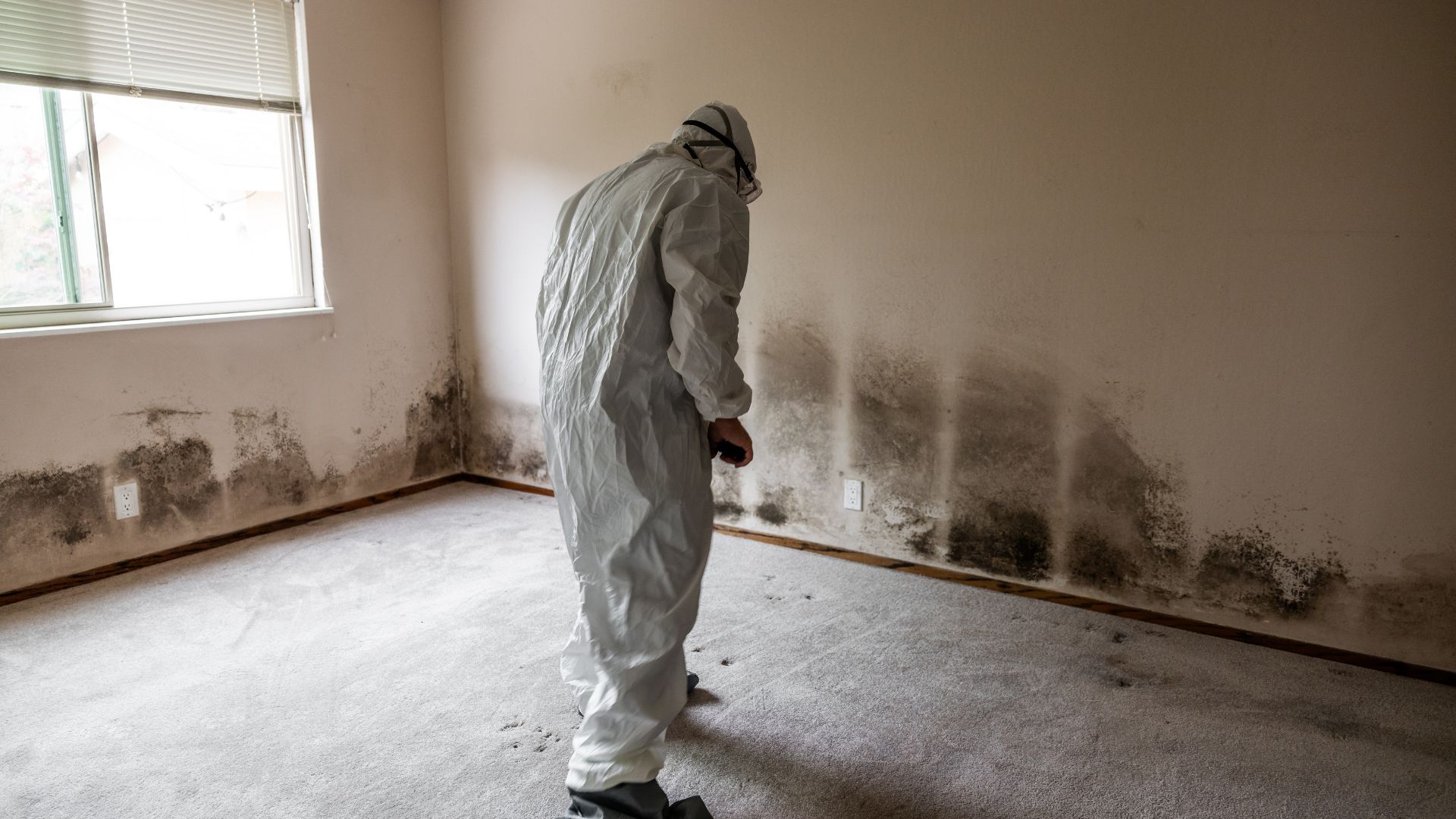Mold might seem harmless at first glance, just a little discoloration on your wall or ceiling. But those dark patches can hide a much bigger issue. According to the EPA, mold can start to grow in as little as 24 to 48 hours after water exposure and can cause respiratory issues, allergies, and even jeopardize your property’s structure. What catches people off guard is how quickly a small moisture problem can turn into a health and financial nightmare if not managed right from the start. This mold remediation guide will show you the best ways to have mold professionally removed.
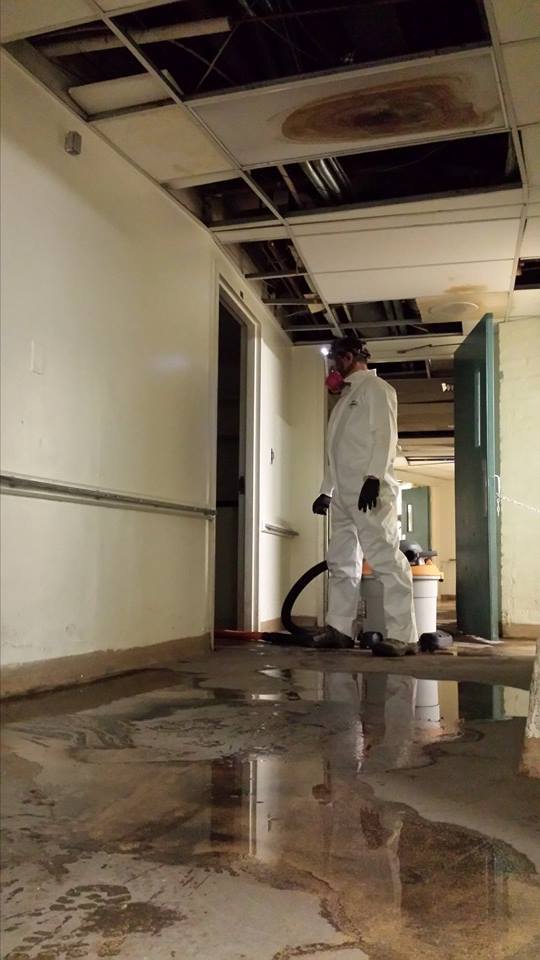
Table of Contents: Mold Remediation Guide
Quick Summary
| Takeaway | Explanation |
|---|---|
| Control moisture to prevent mold growth. | Mold thrives in moist environments, so keeping humidity below 50% is critical. |
| Regularly inspect for leaks and condensation. | Frequent checks on plumbing and roofs help catch issues before they lead to mold problems. |
| Address building vulnerabilities proactively. | Areas like basements and crawl spaces should be maintained to prevent mold-prone conditions. |
| Utilize professional remediation services when needed. | Professional help is essential for thorough mold removal and preventing health risks. |
| Implement effective ventilation systems. | Proper air circulation minimizes moisture buildup, a key factor in mold growth. |
What is Mold and Why is it a Concern?
Mold represents a microscopic fungal organism that silently grows in damp environments, posing significant challenges for property owners and human health. Understanding its nature and potential risks is crucial for effective prevention and remediation strategies.
The table below compares the essential components required for mold growth, providing clear definitions and highlighting their roles.
| Component | Definition | Role in Mold Growth |
|---|---|---|
| Moisture | Presence of water or high humidity | Primary catalyst for mold development |
| Organic Material | Substances like wood, paper, carpet, or fabric | Serves as a food source for mold |
| Temperature | Environmental warmth, ideally 40–100°F | Supports optimal mold growth |
| Minimal Air Movement | Limited ventilation or stagnant air | Creates stable conditions for mold spores |
The Biological Basics of Mold
Mold is a type of fungus that reproduces through tiny spores released into the air. These microscopic reproductive units can travel through indoor and outdoor environments, landing on surfaces with sufficient moisture to trigger growth. According to the Environmental Protection Agency, mold can grow on numerous surfaces including wood, paper, carpet, and organic materials when conditions are right.
The fundamental requirements for mold growth include:
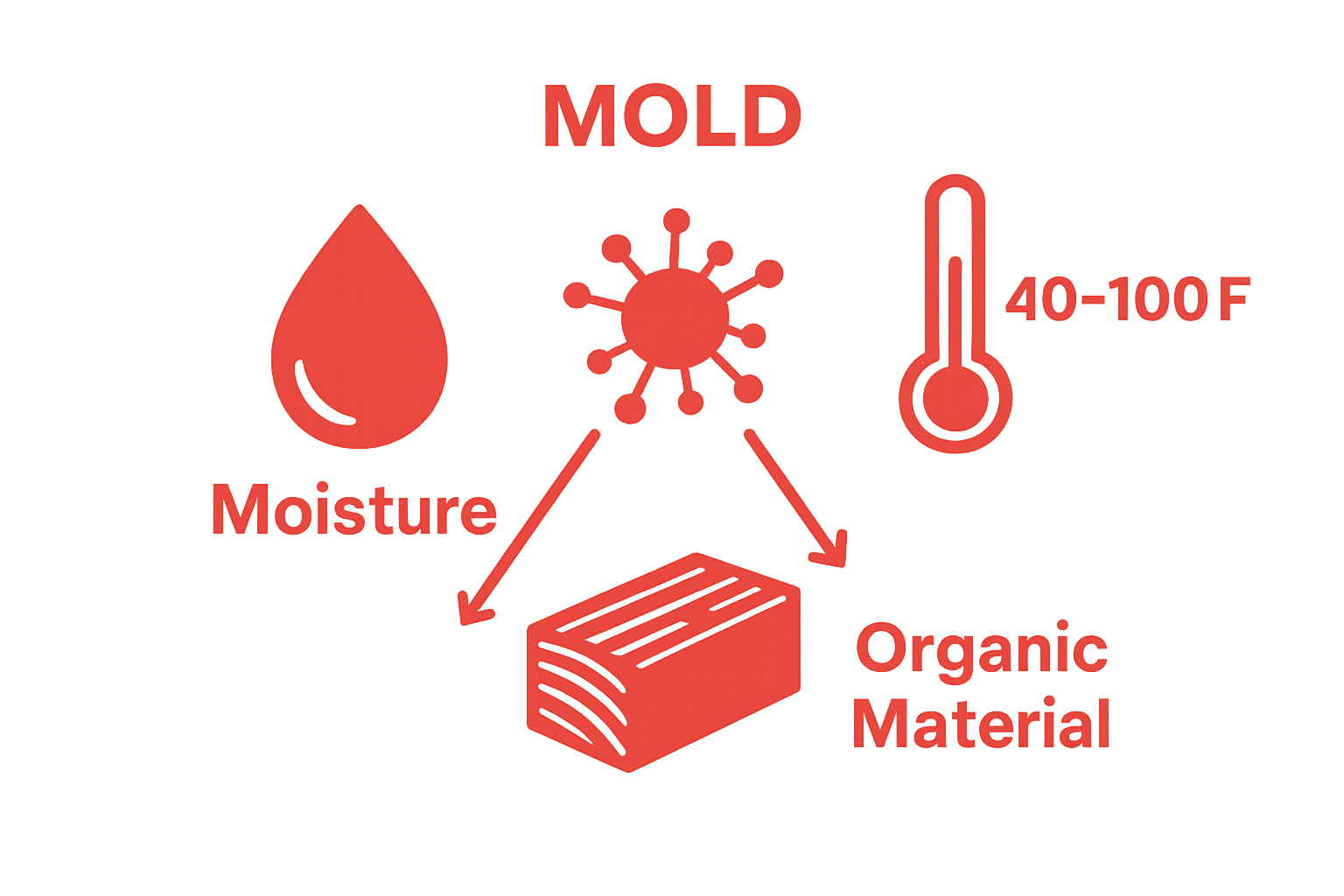
- Moisture
- Organic material as a food source
- Appropriate temperature (typically between 40 and 100 degrees Fahrenheit)
- Minimal air movement
Health Implications and Risks
Research from the Centers for Disease Control highlights significant health concerns associated with mold exposure. For many individuals, mold can trigger respiratory issues, allergic reactions, and potential long term health complications. Vulnerable populations such as children, elderly, and those with compromised immune systems face heightened risks.
This table summarizes the most common health risks related to mold exposure and the populations most affected, making it easy to see critical concerns at a glance.
| Health Risk | Description | Higher Risk Populations |
|---|---|---|
| Respiratory issues | Breathing problems, infections, asthma | Children, elderly, immunocompromised |
| Allergic reactions | Sneezing, congestion, rashes, irritation | Allergy sufferers, children |
| Chronic sinus complications | Persistent sinus discomfort | Individuals with respiratory issues |
| Neurological symptoms | Cognitive and mood disturbances | Sensitive or vulnerable populations |
| Immune system suppression | Reduced ability to fight infections | Immunocompromised individuals |
Common health symptoms related to mold exposure include:
- Nasal congestion
- Throat irritation
- Persistent coughing
- Wheezing
- Skin rashes
- Eye inflammation
Environmental Factors Influencing Mold Growth
Climate and environmental conditions significantly impact mold proliferation. New England’s humid summers and frequent precipitation create ideal conditions for mold development. Massachusetts Climate Research indicates that increasing moisture levels and temperature fluctuations can accelerate mold growth in residential and commercial spaces.
Understanding these dynamics empowers property owners to implement proactive moisture control and ventilation strategies, ultimately mitigating potential mold related risks and protecting both structural integrity and human health.
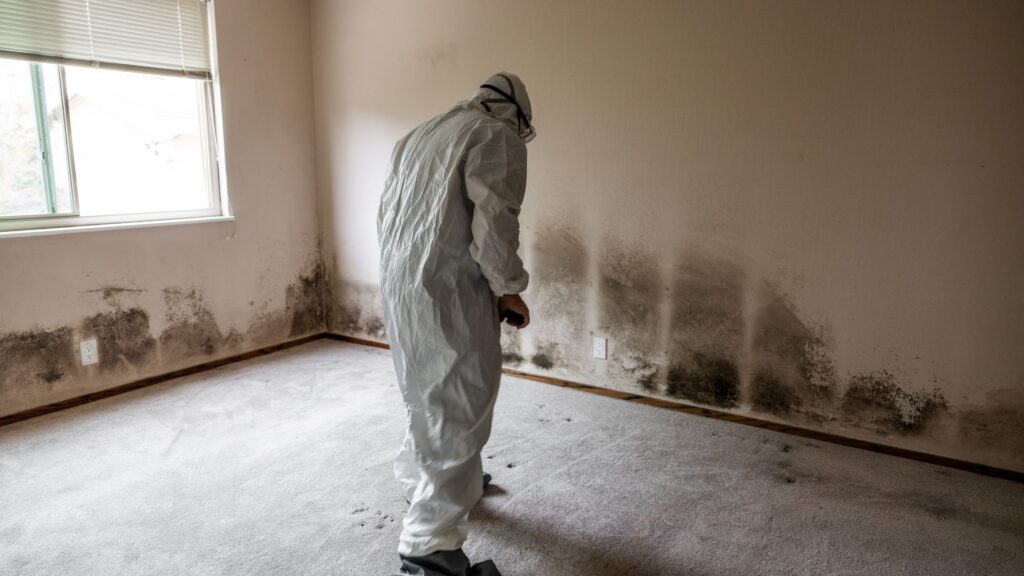
Understanding the Causes and Conditions for Mold Growth
Mold growth is a complex process driven by specific environmental conditions and moisture dynamics that create ideal breeding grounds for fungal proliferation. Recognizing these underlying factors is crucial for effective prevention and control strategies in residential and commercial spaces.
The table below outlines the main moisture sources contributing to mold growth, summarizing where property owners should focus their prevention and inspection efforts.
| Moisture Source | Typical Area Affected | Prevention Tip |
|---|---|---|
| Roof/Window Leaks | Attics, ceilings, windows | Regularly inspect and repair seals |
| Plumbing Failures | Kitchens, bathrooms, basements | Monitor for leaks, maintain plumbing |
| Condensation | Walls, pipes, windows | Improve insulation and ventilation |
| Flooding Events | Basements, ground floors | Use sump pumps and fast drying methods |
| High Humidity | Whole property | Use dehumidifiers, maintain airflow |
Moisture as the Primary Catalyst
According to the Environmental Protection Agency, moisture serves as the fundamental trigger for mold development. Water intrusion can occur through multiple channels, creating potential environments for rapid mold colonization. These moisture sources include:
- Roof and window leaks
- Plumbing system failures
- Condensation buildup
- Flooding events
- High indoor humidity levels
- Poor ventilation in enclosed spaces
Temperature and Organic Material Interactions
Temperature plays a significant role in mold growth dynamics. Most mold species thrive in environments between 40 and 100 degrees Fahrenheit, which coincides with typical indoor and outdoor temperatures in New England. Organic materials such as wood, drywall, fabric, and paper provide essential nutrients that support mold reproduction and expansion.
The interaction between moisture, temperature, and organic substrates creates a perfect ecosystem for mold proliferation. When these conditions persist, mold can establish complex colonies that rapidly spread across surfaces, compromising structural integrity and indoor air quality.
Structural and Environmental Risk Factors
Certain architectural and environmental characteristics can increase mold growth potential. Basements, crawl spaces, and areas with limited air circulation are particularly susceptible. Buildings with inadequate insulation, poor drainage systems, and histories of water damage present higher risks for persistent mold challenges.
Identifying and addressing these underlying conditions requires a comprehensive approach that combines moisture management, structural maintenance, and proactive environmental monitoring. Property owners must remain vigilant in detecting early signs of potential mold development to prevent extensive damage and potential health risks.
The Importance of Mold Remediation for Health and Property
Mold remediation represents a critical intervention strategy designed to protect both human health and structural integrity of residential and commercial properties. Beyond simple cleaning, comprehensive remediation addresses the root causes and potential long term consequences of mold infestations.
Health Protection and Risk Mitigation
According to the Environmental Protection Agency, mold exposure can lead to significant health complications. Professional remediation becomes essential in preventing and minimizing potential health risks associated with prolonged mold presence. Vulnerable populations such as children, elderly, and individuals with respiratory conditions face heightened risks from untreated mold environments.
Potential health impacts of unaddressed mold include:
- Respiratory infections
- Allergic reactions
- Asthma exacerbation
- Chronic sinus complications
- Neurological symptoms
- Immune system suppression
Structural Preservation and Property Value
Mold growth can systematically deteriorate building materials, compromising structural integrity and potentially leading to extensive property damage. Wooden structures, drywall, insulation, and other organic building materials become vulnerable to progressive degradation when mold colonies establish persistent presence.
The financial implications of unmitigated mold damage can be substantial, potentially resulting in:
- Decreased property market value
- Expensive structural repairs
- Replacement of contaminated building materials
- Potential legal liabilities
- Insurance claim complications
Comprehensive Remediation Strategies
Effective mold remediation extends beyond surface level cleaning, requiring a holistic approach that addresses moisture sources, removes contaminated materials, and implements preventative measures. Professional remediation services conduct thorough assessments, identify underlying moisture problems, and execute targeted interventions to prevent future mold recurrence.
By integrating scientific assessment, specialized equipment, and strategic interventions, mold remediation professionals protect both human health and property infrastructure, providing comprehensive solutions that mitigate immediate risks and prevent long term complications.
The Science Behind Mold Remediation Methods
Mold remediation represents a sophisticated scientific approach that combines biological understanding, environmental assessment, and targeted intervention strategies. The complexity of mold growth requires precise, evidence based methodologies that address both immediate contamination and long term prevention.
Biological Assessment and Identification
According to the Environmental Protection Agency, effective mold remediation begins with comprehensive biological assessment. Professionals utilize advanced diagnostic techniques to identify specific mold species, evaluate contamination extent, and determine the underlying moisture sources that support fungal proliferation.
Key components of scientific mold identification include:
- Microscopic spore analysis
- Surface and air sampling techniques
- Moisture content measurements
- Genetic strain identification
- Environmental condition mapping
- Comprehensive contamination documentation
Containment and Removal Strategies
Scientific mold remediation employs precise containment protocols to prevent cross contamination during removal processes. Professionals utilize negative air pressure systems, sealed work zones, and specialized personal protective equipment to minimize potential health risks and prevent spore migration to uncontaminated areas.
Removal strategies are meticulously designed to address different surface types and contamination levels. Techniques range from specialized cleaning solutions and mechanical removal to complete material replacement, depending on the extent of mold penetration and substrate composition.
Prevention and Long Term Management
Beyond immediate remediation, scientific approaches focus on developing comprehensive prevention strategies. This involves addressing root cause moisture issues, implementing environmental controls, and creating sustainable management protocols that interrupt the fundamental conditions supporting mold growth.
Professional remediation integrates multiple scientific disciplines including microbiology, environmental engineering, and building science to develop holistic solutions that protect both human health and structural integrity. By combining advanced diagnostic tools, targeted intervention techniques, and proactive management strategies, mold remediation transforms from a reactive cleaning process into a sophisticated scientific intervention.
Key Concepts of Mold Prevention and Long-Term Management
Mold prevention represents a strategic approach that combines proactive environmental management, systematic monitoring, and targeted interventions to create resilient living and working spaces. Understanding the fundamental principles of long term mold control is essential for maintaining healthy indoor environments.
Moisture Control and Environmental Regulation
According to the Environmental Protection Agency, effective mold prevention centers on comprehensive moisture management. New England’s variable climate demands sophisticated strategies that address both structural vulnerabilities and environmental conditions that promote fungal growth.
Key moisture control strategies include:
- Maintaining indoor humidity levels below 50 percent
- Implementing proper ventilation systems
- Regular inspection of plumbing and roof structures
- Using dehumidifiers in high moisture areas
- Ensuring proper drainage around building foundations
- Addressing condensation in vulnerable spaces
Structural Maintenance and Proactive Monitoring
Successful long term mold management requires consistent structural assessment and timely interventions. Property owners must develop systematic approaches that identify potential risk factors before significant contamination occurs. This involves regular inspections of potentially vulnerable areas such as basements, crawl spaces, attics, and areas with historical moisture intrusion.
Proactive monitoring techniques help detect early warning signs of potential mold development, enabling rapid response and minimizing potential damage. These techniques involve periodic visual assessments, moisture mapping, and understanding the unique environmental characteristics of specific indoor spaces.
Integrated Prevention Ecosystem
Mold prevention transcends simple cleaning or maintenance protocols. It requires creating an integrated ecosystem of environmental control that addresses multiple interconnected factors. This holistic approach combines scientific understanding of fungal growth patterns, building science principles, and targeted technological interventions.
By developing comprehensive prevention strategies that adapt to specific environmental conditions, property owners can create resilient spaces that resist mold proliferation. The goal is not just remediation but establishing sustainable environments that inherently minimize conditions conducive to mold growth.
Take Control of Mold Before It Controls Your Property
Worried about hidden mold damaging your home or business in New England? You know the dangers—mold thrives in our wet climate, hurts property value, and puts your family or occupants at risk. If moisture, humidity, or strange odors have you concerned, it is time to act fast before mold spreads and costs you even more. The expert information you just read highlights how moisture problems, organic surfaces, and poor air flow create the perfect storm for mold. Professional intervention is the only proven way to safeguard your health and your investment.
You deserve a healthier, cleaner environment starting today. Trust the certified team at Nu-England Services for honest assessments and proven restoration solutions. We are family-owned, locally recognized, and serious about safe remediation and long-term prevention. Explore how our restoration services can help eliminate mold at the source. Do not wait—request a free quote now and reclaim the safety of your property before problems grow.
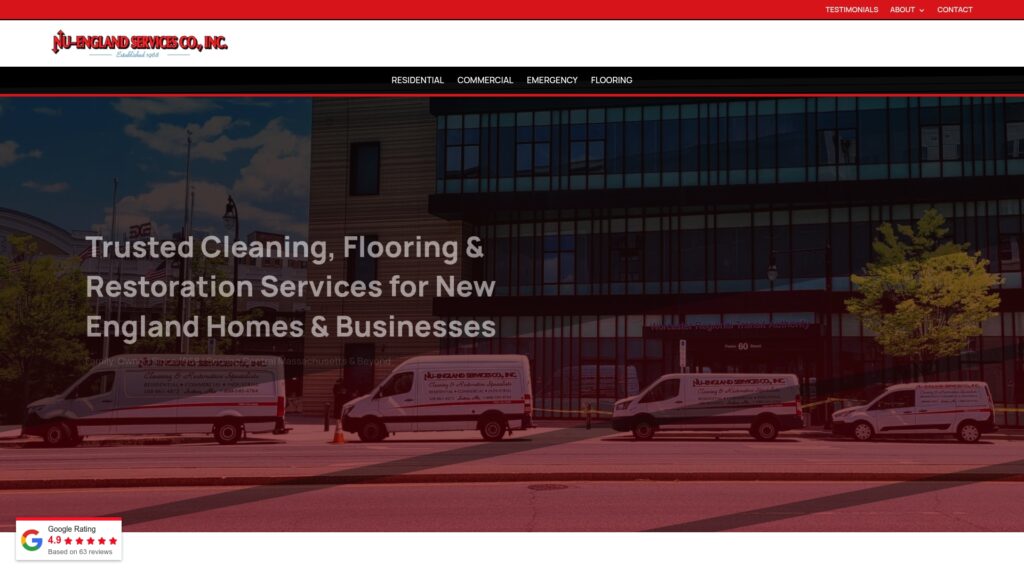
Frequently Asked Questions
What is mold, and why is it a concern?
Mold is a microscopic fungal organism that grows in damp environments and can pose significant health risks and structural challenges for property owners. It can trigger respiratory issues, allergic reactions, and deterioration of building materials.
What conditions are necessary for mold to grow?
Mold requires four main conditions to thrive: moisture, organic material as a food source, appropriate temperature (typically between 40 and 100 degrees Fahrenheit), and minimal air movement.
How can I prevent mold growth in my property?
To prevent mold growth, maintain indoor humidity levels below 50 percent, ensure proper ventilation, regularly inspect plumbing, use dehumidifiers in high-moisture areas, and address any leaks promptly.
What are the long-term health risks associated with mold exposure?
Long-term exposure to mold can lead to serious health issues, including respiratory infections, allergic reactions, asthma exacerbation, chronic sinus complications, neurological symptoms, and compromised immune system function.

